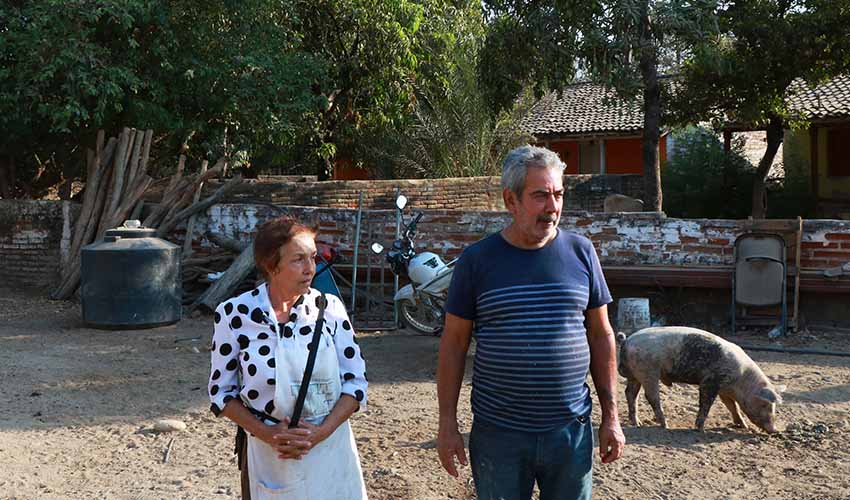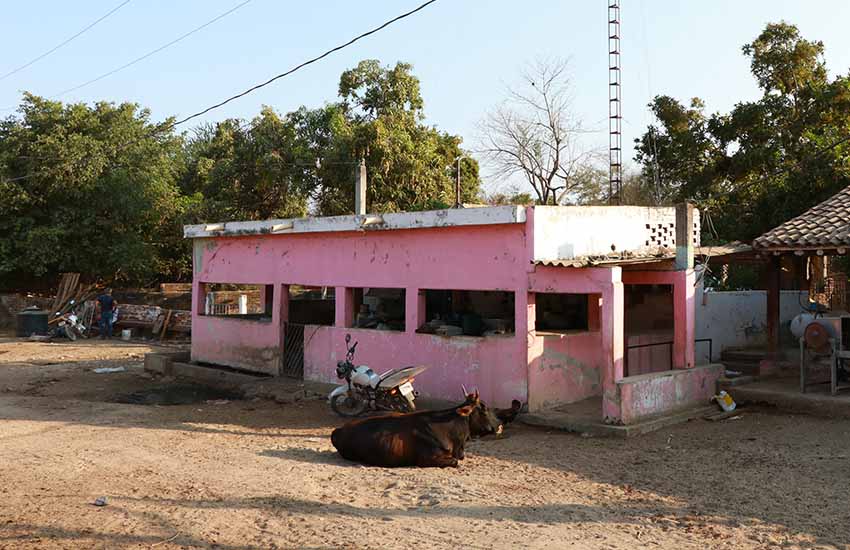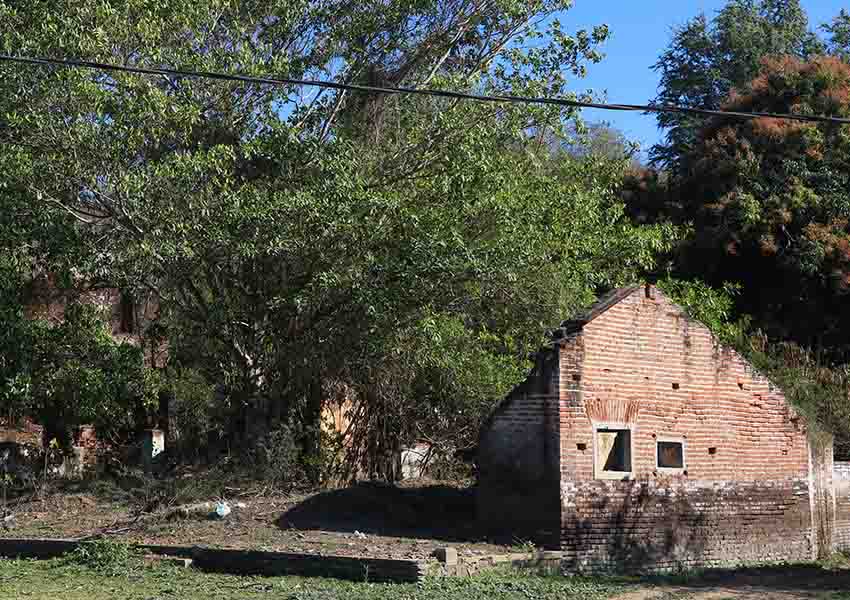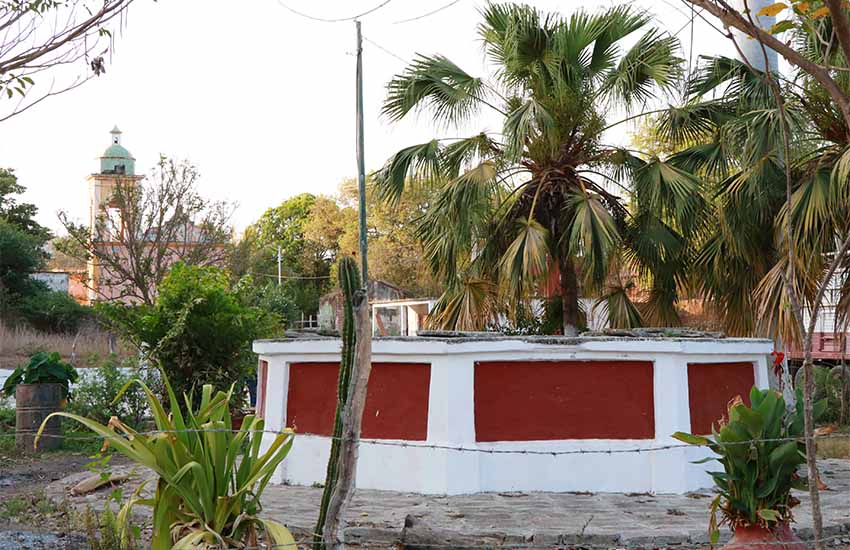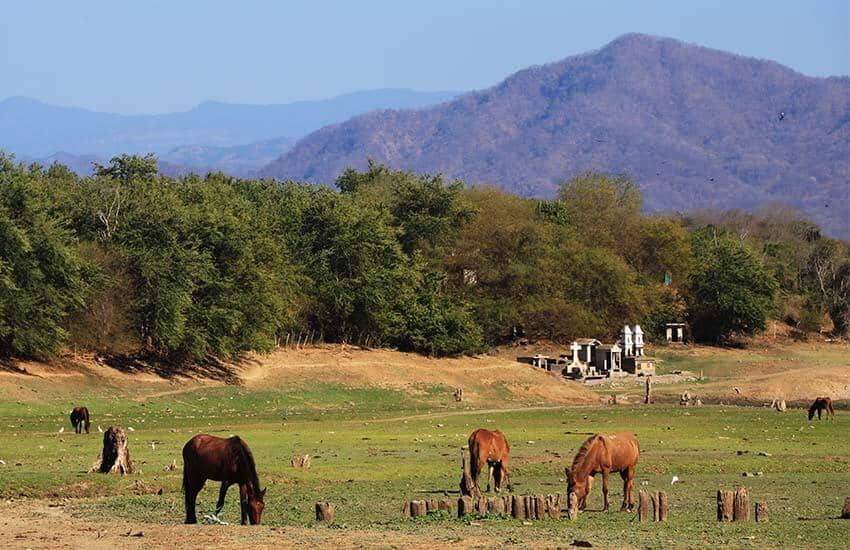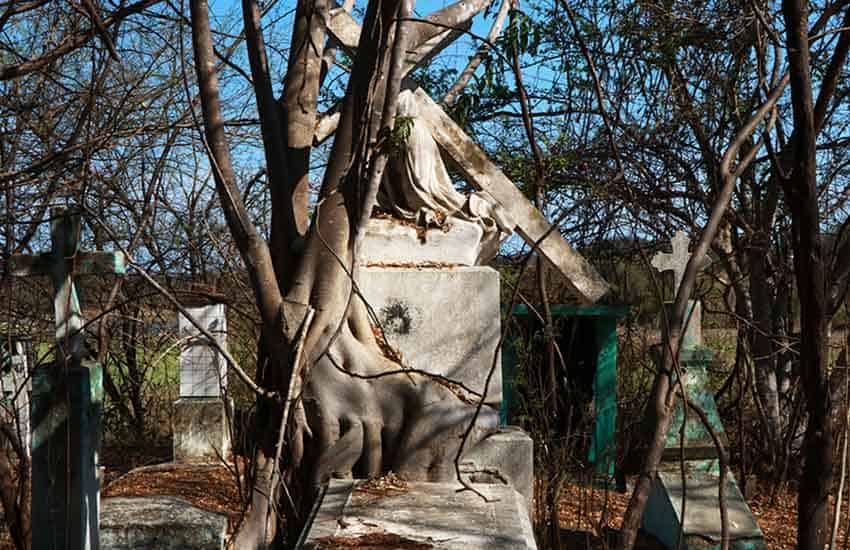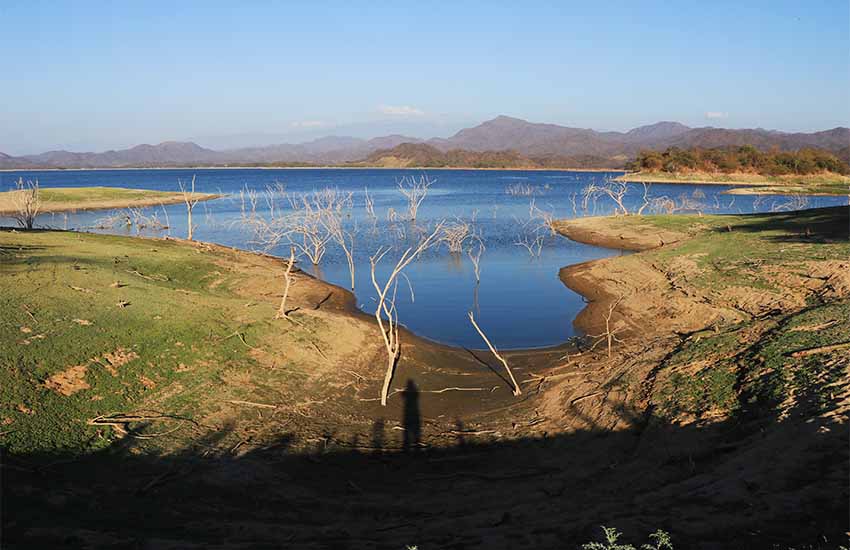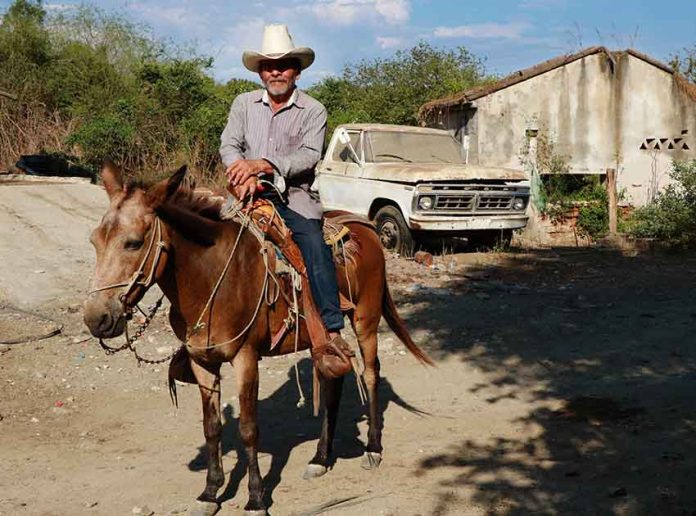Would my family be better off somewhere else? Will things ever get better? If everyone else leaves, will we be safe here alone? Those are a few of the crushing questions that many internally displaced Mexican families have faced, often due to violence stemming from clashes between criminal groups.
But violence isn’t the only reason families lose their homes. Infrastructure projects like roads, trains and dams can also force unwilling communities to relocate. That’s what happened in the town of San Marcos, Sinaloa, after a dam project for Mazatlán transformed both the town and the lives of its residents.
In San Marcos, the Picachos dam turned a close-knit rural community into a shell of its former self. The town, unexpectedly, never fully flooded when the Picachos reservoir was created, and several families remain. More live nearby in the government-built town of Nuevo San Marcos, but much has been lost: some lost hard-earned financial stability. Many lost community ties, and some people lost their lives.
In the early 2000s, the city of Mazatlán was running out of water. The Presidio river, east of the city, held the obvious answer to the problem, and the state made plans to build the Picachos dam. Construction started in 2006 and, with it, pressure to remove or relocate 800 families in six communities who lived within the projected 3,000-hectare area of the reservoir.
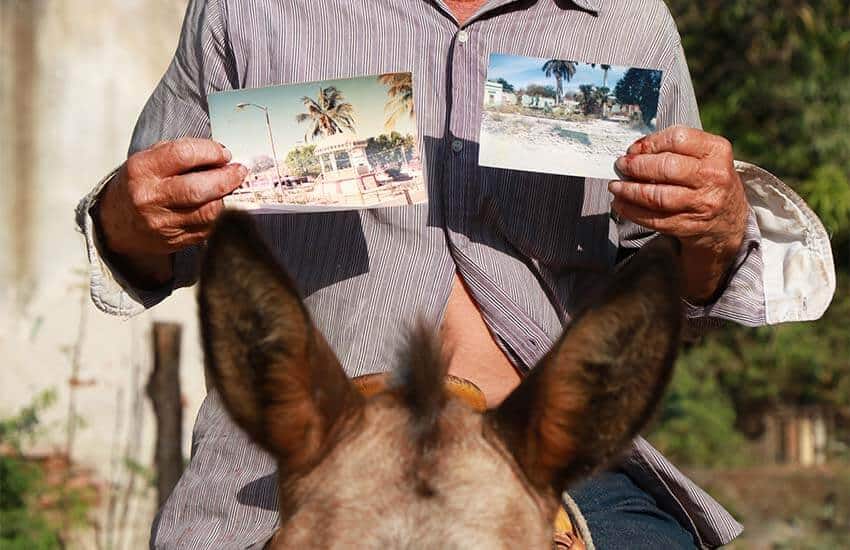
In 2009, several dozen residents occupied the dam, trying to delay the project’s completion and the subsequent flooding of their communities. But in July of that year, as the rainy season approached, more than 100 state and federal police kicked out the protesters, armed with clubs, riot shields and tear gas. In short order, the dam was completed and the water began to rise.
When the water reached San Marcos, five other communities were already underwater. It flooded the San Marcos cemetery first, and then it was lapping at the doors of the more low-lying homes, the church and a school. Residents took what they could and left.
The state government had begun to build Nuevo San Marcos nearby, but the houses were still under construction, and there were no schools, hospitals or roads between the new town and the areas where many locals worked. So residents found shelter where they could.
Some went to Nuevo San Marcos, using their own resources when necessary to make the small, incomplete houses fit for living. Some moved in with relatives in the city of Mazatlán, an hour away. Others moved further away. A group calling themselves Los Picachos organized to demand better compensation.
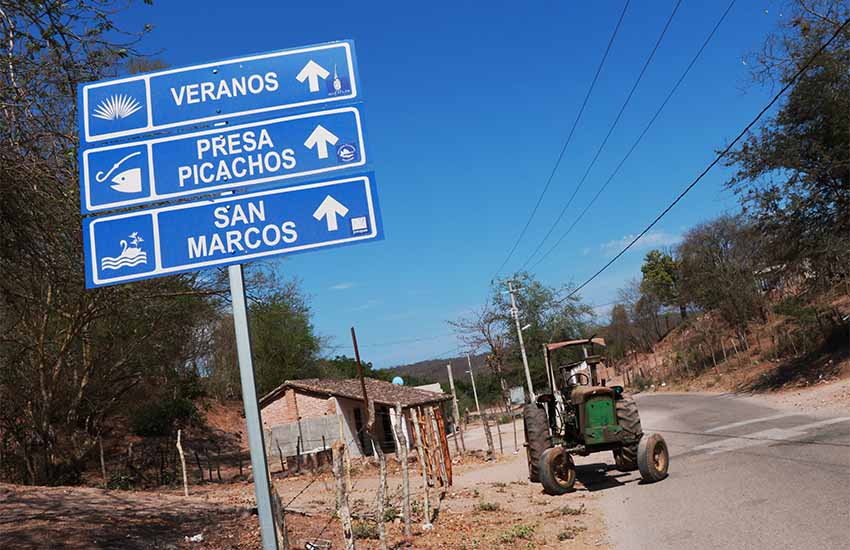
Over time, it became clear that the government’s prediction for the reservoir area wasn’t exactly accurate: homes on higher ground had been spared the flooding. But by then, their owners had already taken everything they could with them, then returned to take doors, windows, roof tiles and anything else that had value.
San Marcos’ former residents had new jobs and responsibilities now, and their children were in new schools. But six families did eventually return to live full-time in what was left of the town, and several more families come and go.
Former residents of San Marcos continued to advocate for years for better compensation, with a measure of success. Then the movement suffered a blow when one of its leaders, Atilano Román Tirado, was assassinated during his live radio show, “This is My Land,” on which he shared news and opinions related to the push for fair compensation.
Today, the dam provides much-needed water for the city of Mazatlán, and there have been efforts to promote the reservoir as a tourist destination. It hasn’t attracted crowds yet. Rather, the reservoir is a quiet place. Below the high-water mark, cattle graze among the trunks of drowned trees. Locals and the occasional tourist fish in pangas. On summer afternoons, families come to swim.
In the town of San Marcos, the remaining families live their lives among empty houses. They take care of their livestock and maintain the church as best they can. In 2015, they were the subject of an award-winning documentary. Enough people still live nearby to support a tortillería, the last standing business in town.
With about nearly half the country in drought as of the end of June, Mexico is thirsty, and more dams will continue to be built for water storage. Seventy kilometers to the southeast of Picachos reservoir, another dam in the municipality of Rosario is under construction, scheduled to be finished in 2023.
But this time, the state government has been more proactive: the 58 families whose homes fall within the projected area of the reservoir have already received their replacement houses. In May, the state governor personally inaugurated the rebuilt town and welcomed the displaced families to their new homes.
Rose Egelhoff is an associate editor at Mexico News Daily and a freelance writer. She’s on Twitter and the internet. Eduardo Esparza is a professor, filmmaker and professional photographer. Some of his work can be seen on Instagram.
